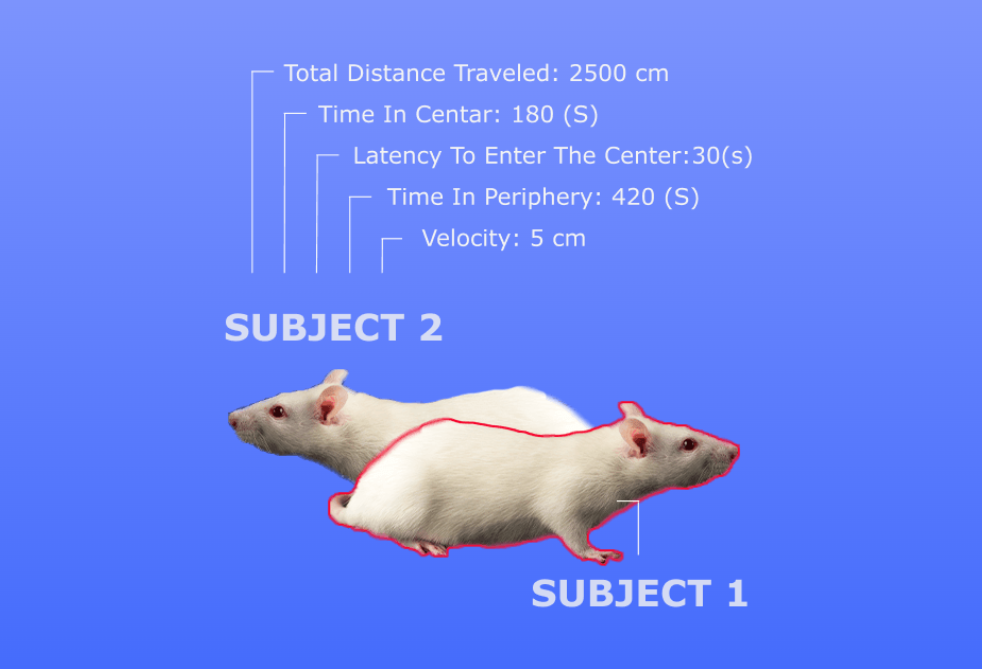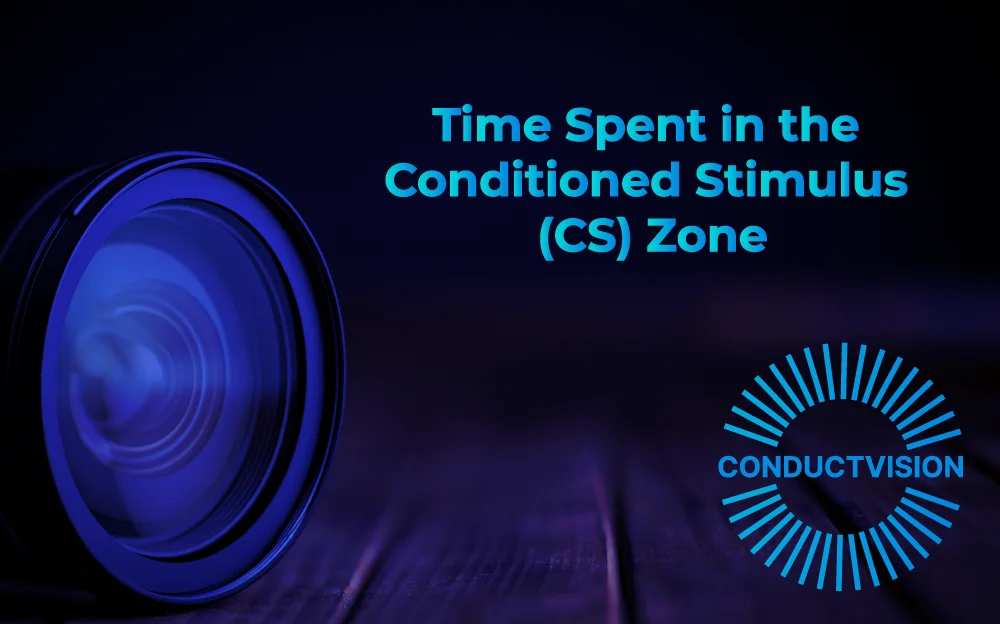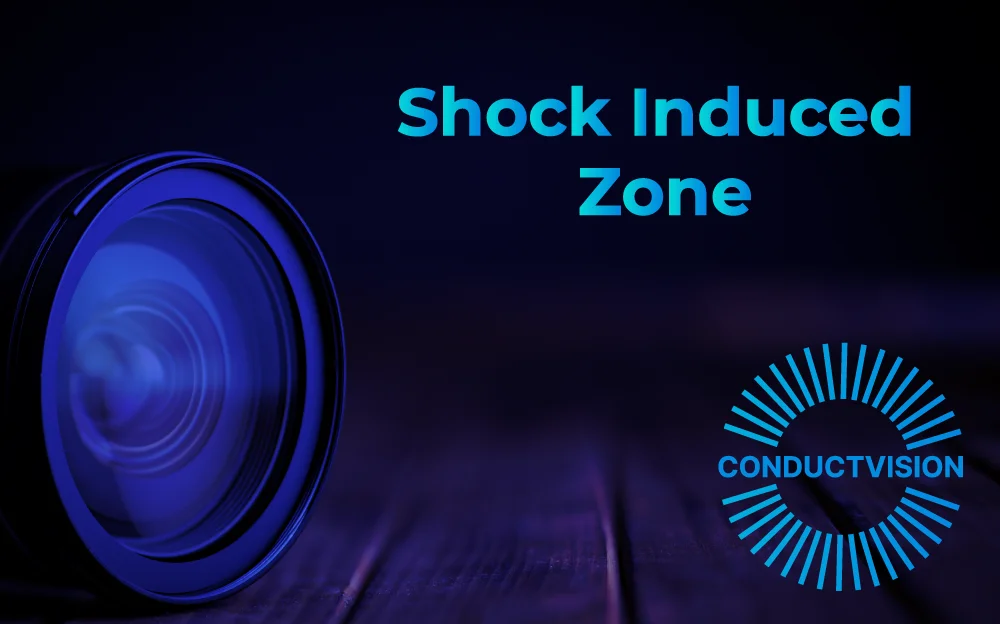

Freezing Duration is an important measurement in fear conditioning studies that assesses how long an animal stays still after being exposed to a conditioned stimulus (CS), like a tone or light linked to an unpleasant experience. This information offers valuable insights into the animal’s fear response and emotional state during the experiment.
In the context of fear conditioning, freezing is a natural defensive behavior exhibited by many animals when they perceive a threat. It represents a state of heightened fear where the animal remains completely still, often as a way to avoid detection by predators. Freezing Duration quantifies the amount of time the animal spends in this immobile state after the presentation of the CS.
A longer freezing duration typically indicates a stronger fear response, suggesting that the animal has effectively learned to associate the CS with an aversive experience, such as a foot shock. Conversely, shorter freezing durations may indicate a weaker fear response or greater resilience to anxiety.
ConductVision employs advanced video tracking technology to accurately measure Freezing Duration. Here’s how it works:
Measuring Freezing Duration is essential for several reasons:
By examining freezing duration alongside other metrics, such as Total Time Active, researchers can gain a comprehensive view of how animals respond to fear cues, ultimately informing interventions for anxiety-related disorders.









Shuhan He, MD is a dual-board certified physician with expertise in Emergency Medicine and Clinical Informatics. Dr. He works at the Laboratory of Computer Science, clinically in the Department of Emergency Medicine and Instructor of Medicine at Harvard Medical School. He serves as the Program Director of Healthcare Data Analytics at MGHIHP. Dr. He has interests at the intersection of acute care and computer science, utilizing algorithmic approaches to systems with a focus on large actionable data and Bayesian interpretation. Committed to making a positive impact in the field of healthcare through the use of cutting-edge technology and data analytics.
